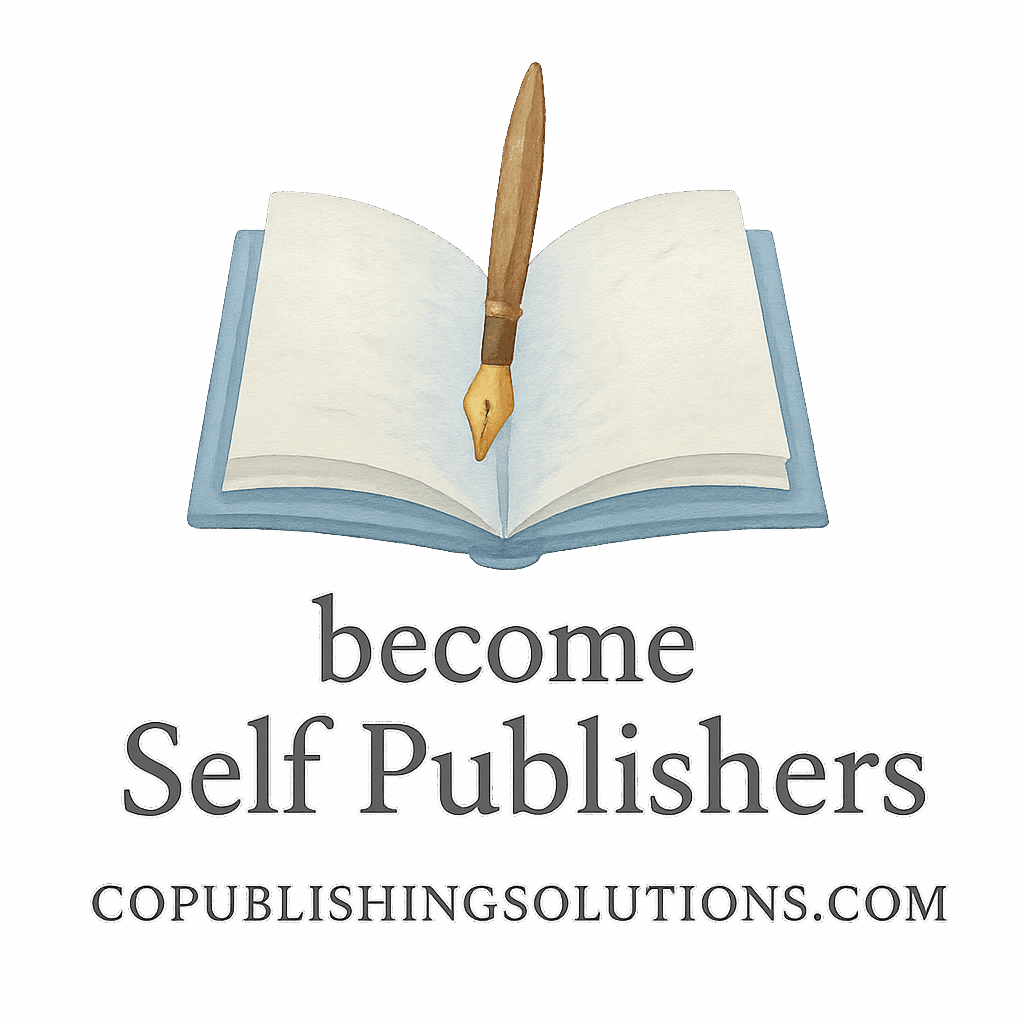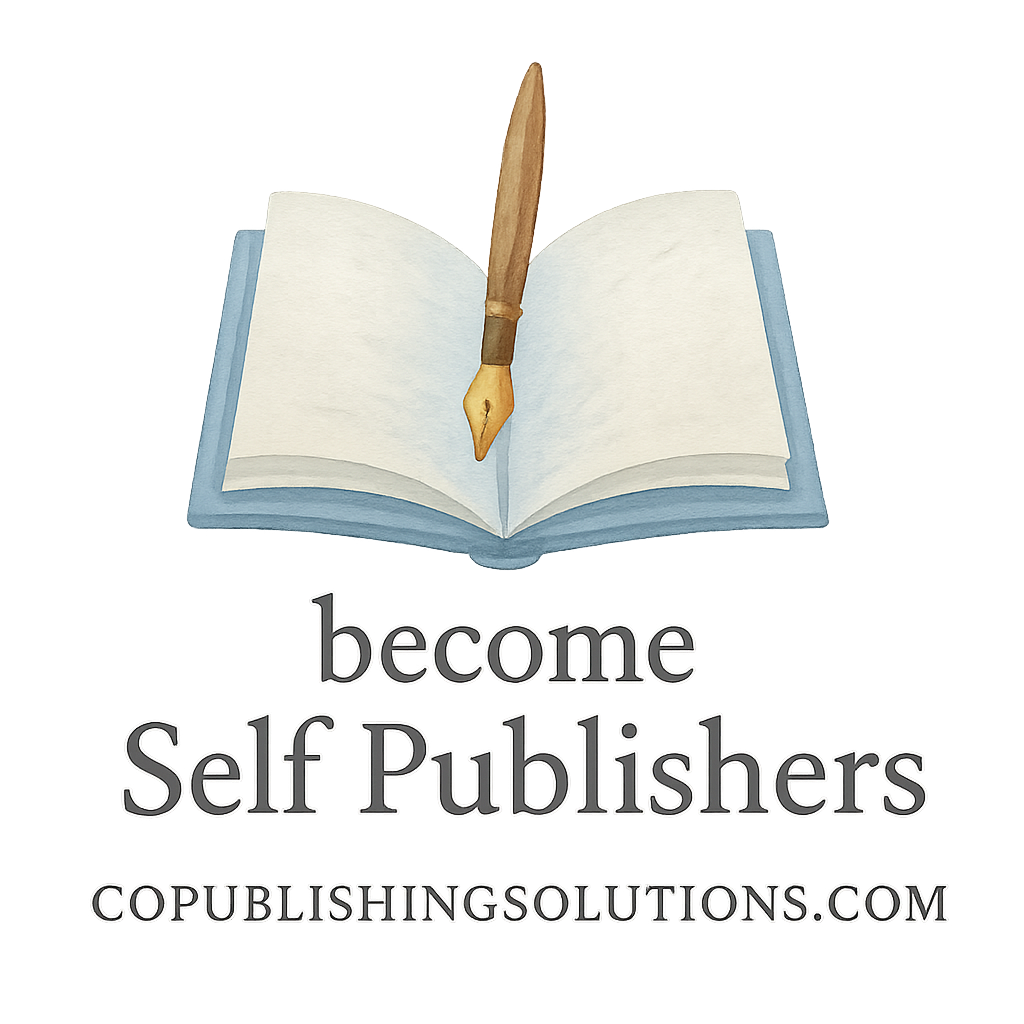Introduction
Hey there, future bestseller! 🎉
So you’ve finally decided to take the self-publishing plunge—awesome! But before you hit that “publish” button, there’s one huge decision you need to make: which publishing format should you choose? Whether you’re a beginner or you’ve dabbled in the self-publishing world before, knowing your options can make or break your book’s success.
Let’s dive into the five publishing formats every self-publisher must know, so you can pick the one (or more) that works best for your content, your goals, and your audience.
Why Publishing Formats Matter in Self-Publishing
Format vs. Medium: What’s the Difference?
First things first—let’s get this straight. A format refers to the physical or digital form your book takes (e.g., ebook, print, audiobook), while a medium is how it’s distributed (like Amazon, Audible, your blog, or a newsletter). Both matter, but format dictates how your readers consume your content.
Choosing the Right Format for Your Audience
Think about your readers. Are they glued to their Kindles, or do they prefer flipping physical pages with a coffee in hand? Maybe they’re audiobook addicts, listening during their daily commute. Understanding your audience helps you decide which format will maximize reach and revenue.
Want to learn how to align publishing strategies with your audience? Check out this comprehensive content strategy guide.
1. Ebooks
What Is an Ebook?
Ebooks are digital versions of books that can be read on smartphones, tablets, e-readers like Kindle, or even on a laptop. They’re inexpensive to produce, easy to distribute, and perfect for new self-publishers.
Benefits of Ebook Publishing
- Low production cost
- Global reach through platforms like Amazon Kindle
- Quick to publish and update
- SEO-friendly when paired with a website
Learn the basics of self-publishing to get started with ebooks today.
Popular Platforms for Ebook Publishing
- Amazon Kindle Direct Publishing (KDP)
- Apple Books
- Kobo Writing Life
- Smashwords
Looking for more tools? Check out our list of publishing platforms to simplify your journey.
2. Print Books (Paperback and Hardcover)
Print-on-Demand vs Traditional Print Runs
Print books are still going strong. Thanks to Print-on-Demand (POD), you don’t have to order 1,000 copies to get started. POD services like Amazon KDP and IngramSpark print and ship books as they’re ordered.
Advantages of Print Books
- Tangible and collectible
- Great for book signings and events
- Higher perceived value
- Opportunities for bookstore distribution
Explore ways to make your book stand out with great book design and a compelling layout.
Layout and Formatting Considerations
Print formatting is more complex. You’ll need to manage:
- Margins and bleed
- Typography
- Page numbers
- Cover and spine design
Grab layout tips here: https://copublishingsolutions.com/tag/book-pages
3. Audiobooks
Rise in Popularity of Audiobooks
Can we just say—audiobooks are having a moment? With apps like Audible, Spotify, and Google Play now hosting them, more people are opting to listen rather than read.
Platforms to Publish Audiobooks
- ACX (Amazon’s Audiobook Creation Exchange)
- Findaway Voices
- Authors Republic
- Spotify Audiobooks
Dive deeper into marketing and monetization strategies to ensure your audiobook gets the attention it deserves.

Investment and Equipment Needs
Recording an audiobook? Here’s what you’ll need:
- A quality microphone
- Noise-canceling environment
- Audio editing software (like Audacity)
- Voice talent (or you can DIY)
Audiobooks offer passive income opportunities once they’re produced and live.
4. Interactive PDFs and Digital Workbooks
Ideal for Coaches, Educators, and Creators
These are gold for niche creators. Whether you’re a coach, digital course creator, or run a small business, interactive PDFs and workbooks offer a dynamic and engaging way to share your knowledge.
Tools to Design Interactive PDFs
- Canva Pro
- Adobe InDesign
- Beacon for lead magnets
- PDFescape for adding form fields
Add tools like these to your creator toolkit for better productivity.
Monetization Possibilities
- Sell via Gumroad, Etsy, or your own site
- Use as freebies to build your email list
- Include in online courses
- Bundle with coaching programs
Want to grow your publishing income? See our advice on advanced publishing growth.
5. Serialized Content (Blogs, Subscriptions, and Newsletters)
Episodic Publishing for Engagement
This one’s for the writers who love telling stories over time. Serialized content—like blog series, newsletters, and episodic books—builds anticipation and loyal audiences.
Monetizing Through Subscriptions
- Substack lets you charge for newsletters
- Patreon supports tiered memberships
- Medium allows monetization through Partner Program
Serialized content is great for those exploring co-authoring, ongoing projects, or even collaboration with other writers.
Tools and Platforms for Serial Publishing
- WordPress (hello, SEO boost!)
- Revue (now Twitter-integrated)
- Beehiiv
- ConvertKit
Kickstart your journey with these beginner publishing tips.
How to Choose the Best Format for Your Publishing Goals
Consider Your Content Type
Not all content fits every format. A cookbook? Best in print. A sci-fi novel? Ebook or audiobook. A workbook? Hello, interactive PDF.
Think About Monetization Potential
Want recurring income? Go for serialized content or audiobooks. Need wide exposure fast? Ebooks win. Long-term brand building? Combine multiple formats.
Check out how successful creators build multiple streams of publishing income.
Tips for Formatting Across All Formats
Consistent Branding and Layout
- Use the same fonts and colors
- Stick to your voice
- Make your author name a brand
SEO Considerations in Every Format
Even ebooks and PDFs benefit from smart keyword use. Target the right publishing keywords in your titles, subtitles, and descriptions.
Conclusion
And there you have it—the five publishing formats every self-publisher must know. Each one has its strengths and opportunities. The magic happens when you align your content, audience, and goals with the right format (or combination of them). Mix, match, and most importantly—get your story out there!
Explore more tips, tricks, and tools at CoPublishingSolutions.com.
FAQs
1. What is the best publishing format for beginners?
Start with ebooks. They’re low-cost, easy to publish, and perfect for testing the waters.
2. Can I publish the same book in multiple formats?
Absolutely! Many successful authors do just that for maximum reach and income.
3. Are audiobooks worth the investment?
Yes, especially for nonfiction and storytelling genres. They offer long-term passive income.
4. How can I format my book for different platforms?
Use formatting tools or hire help. Check book formatting tips for guidance.
5. What’s the easiest way to monetize a blog-based book?
Use subscriptions, affiliate links, or turn it into an ebook once it gains traction.
6. Should I use interactive PDFs instead of print workbooks?
Depends on your audience. Digital is great for convenience and reach, but print has tangible appeal.
7. Where can I find tools for self-publishing success?
Right here: Publishing Tools & Platforms


